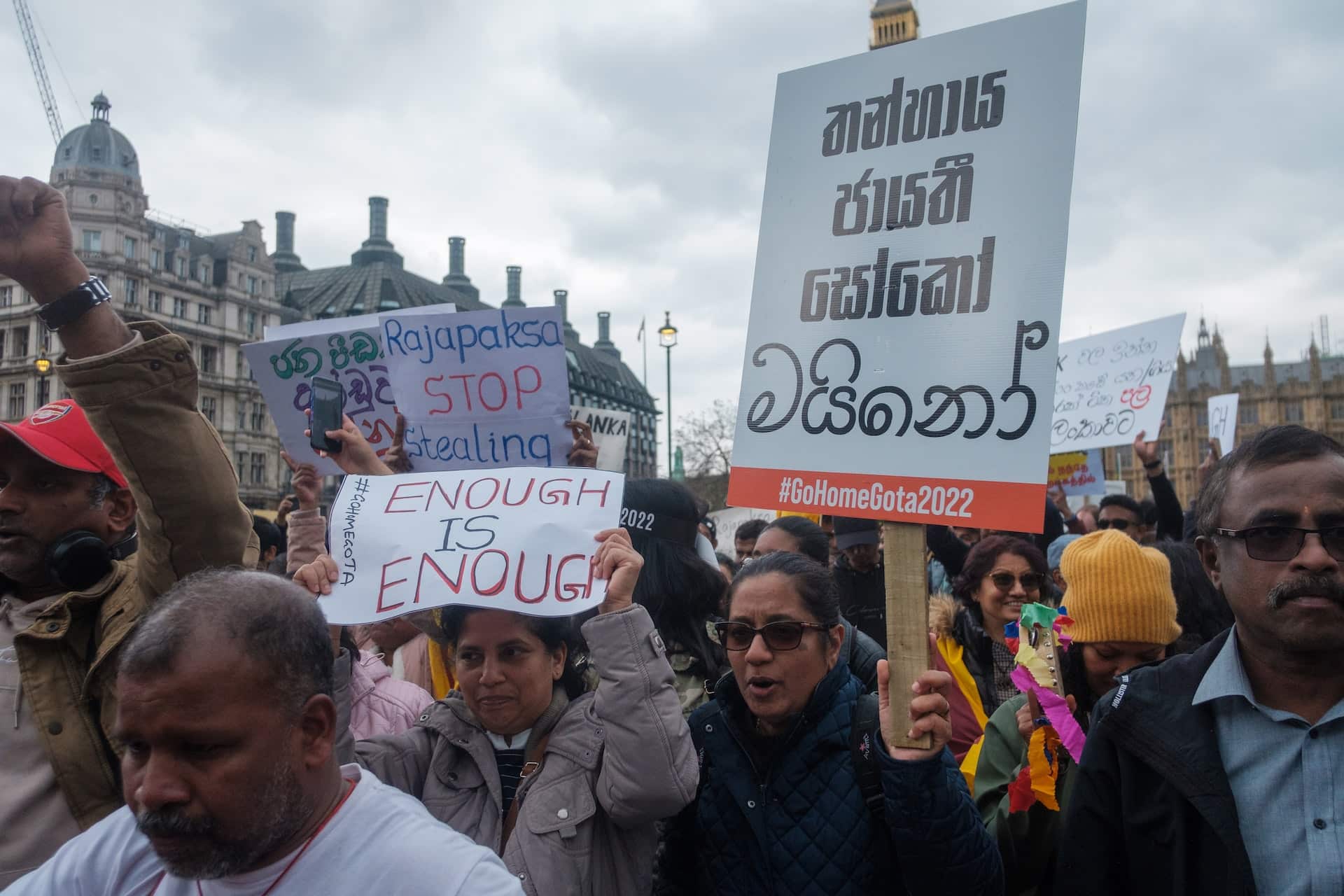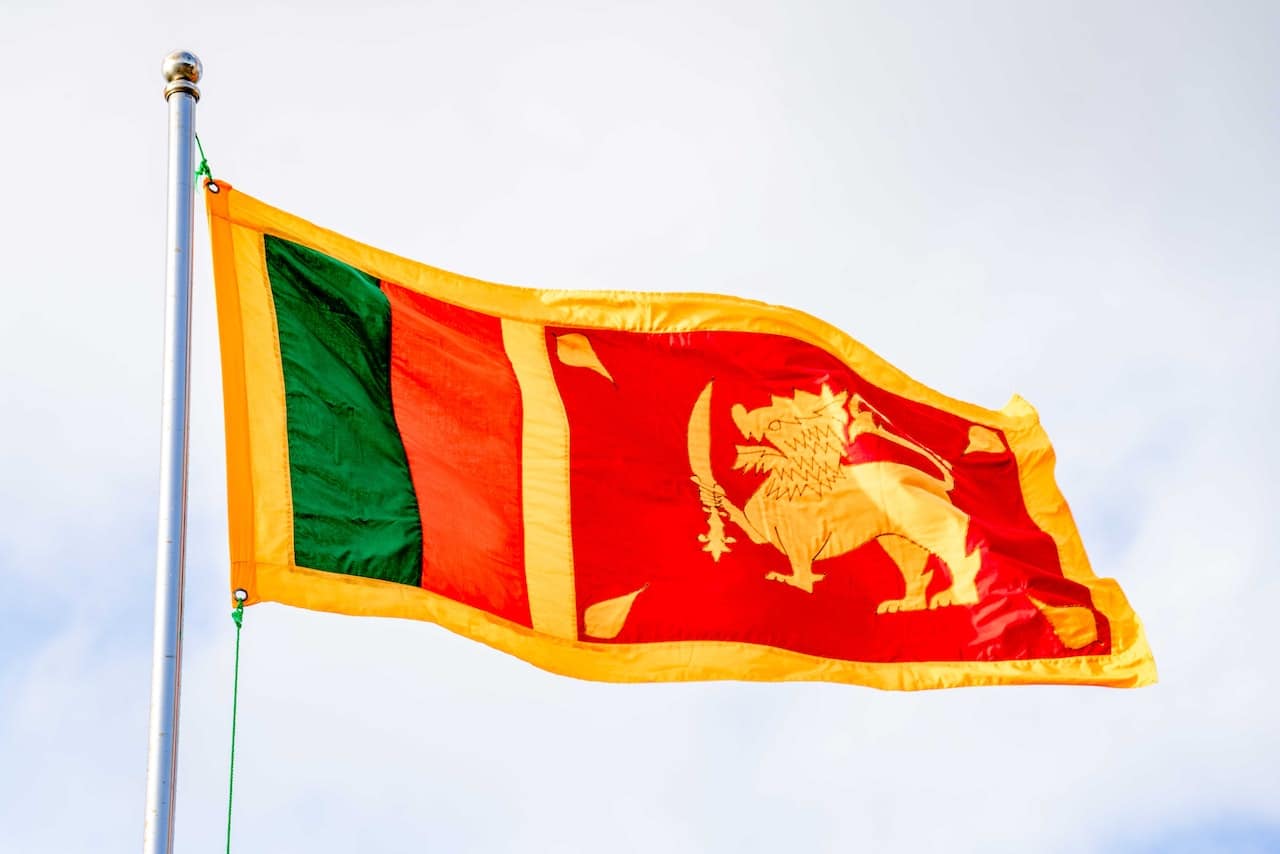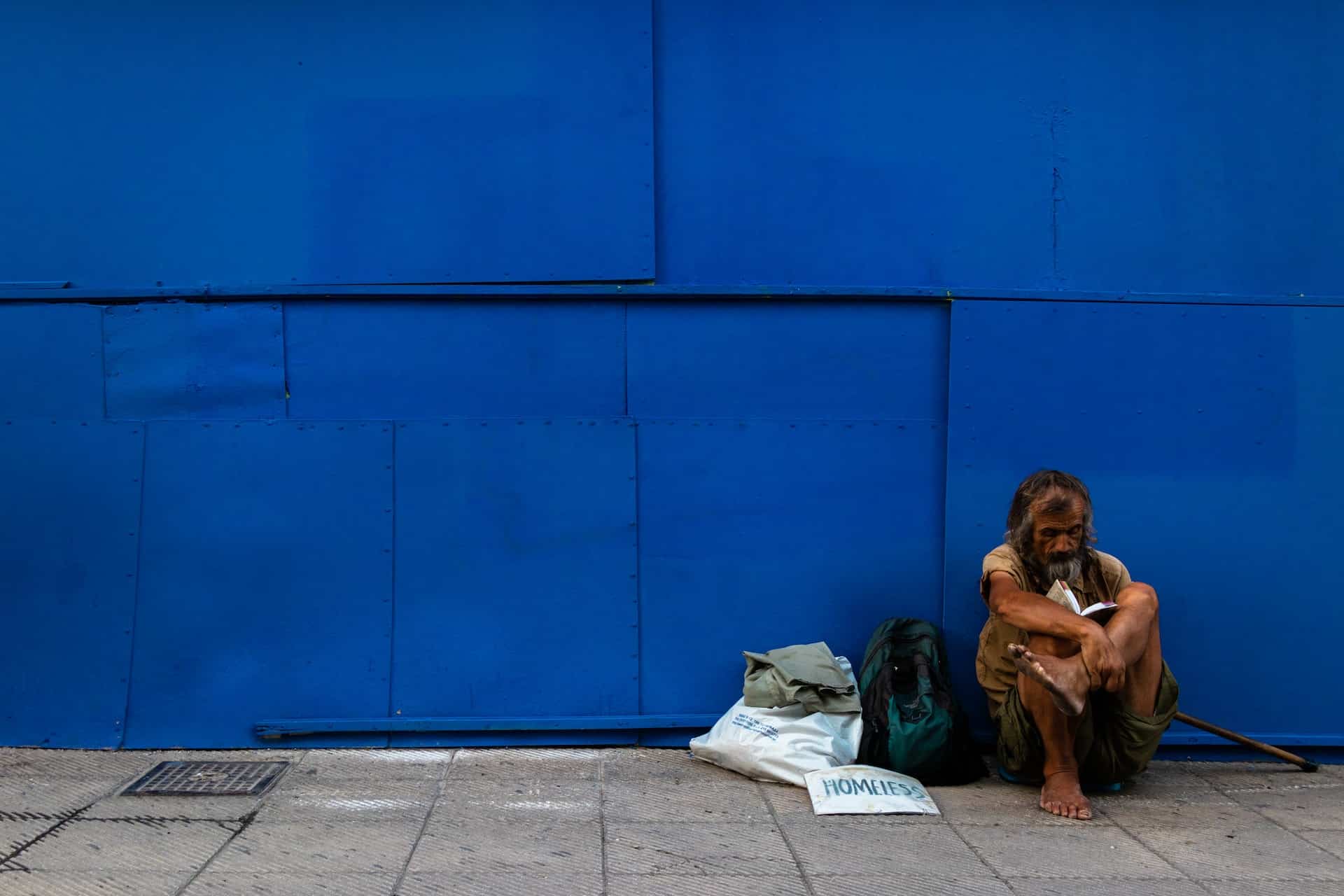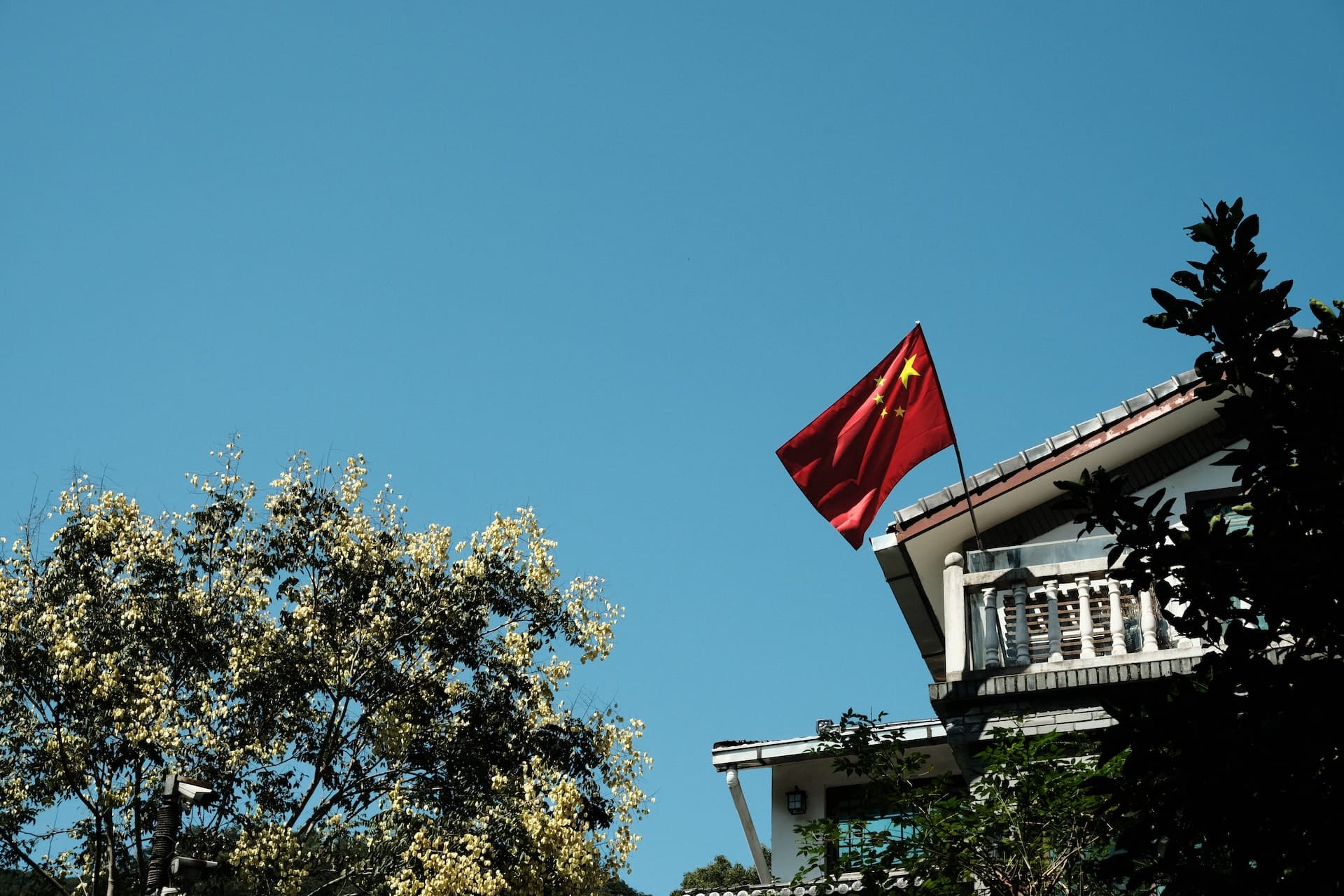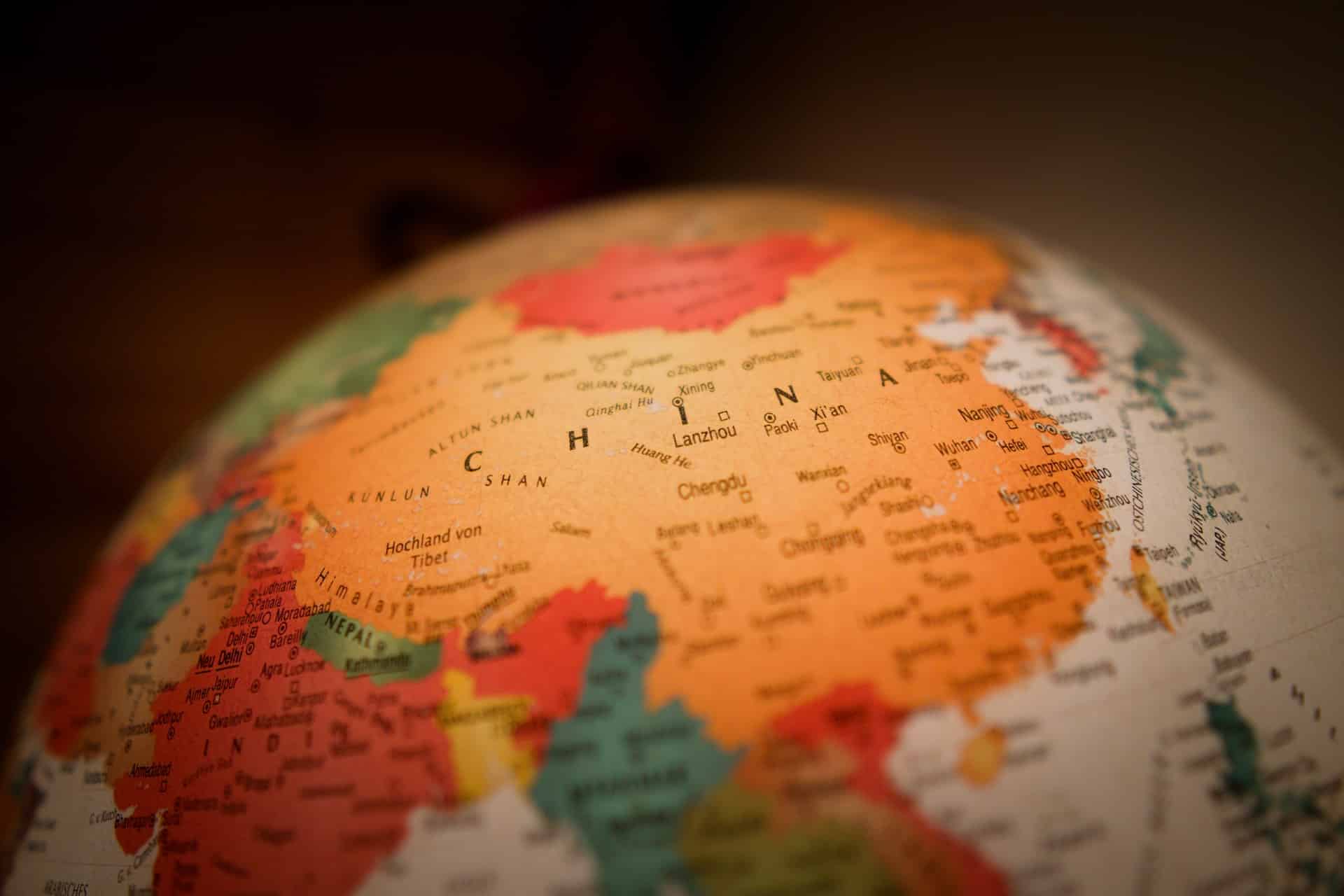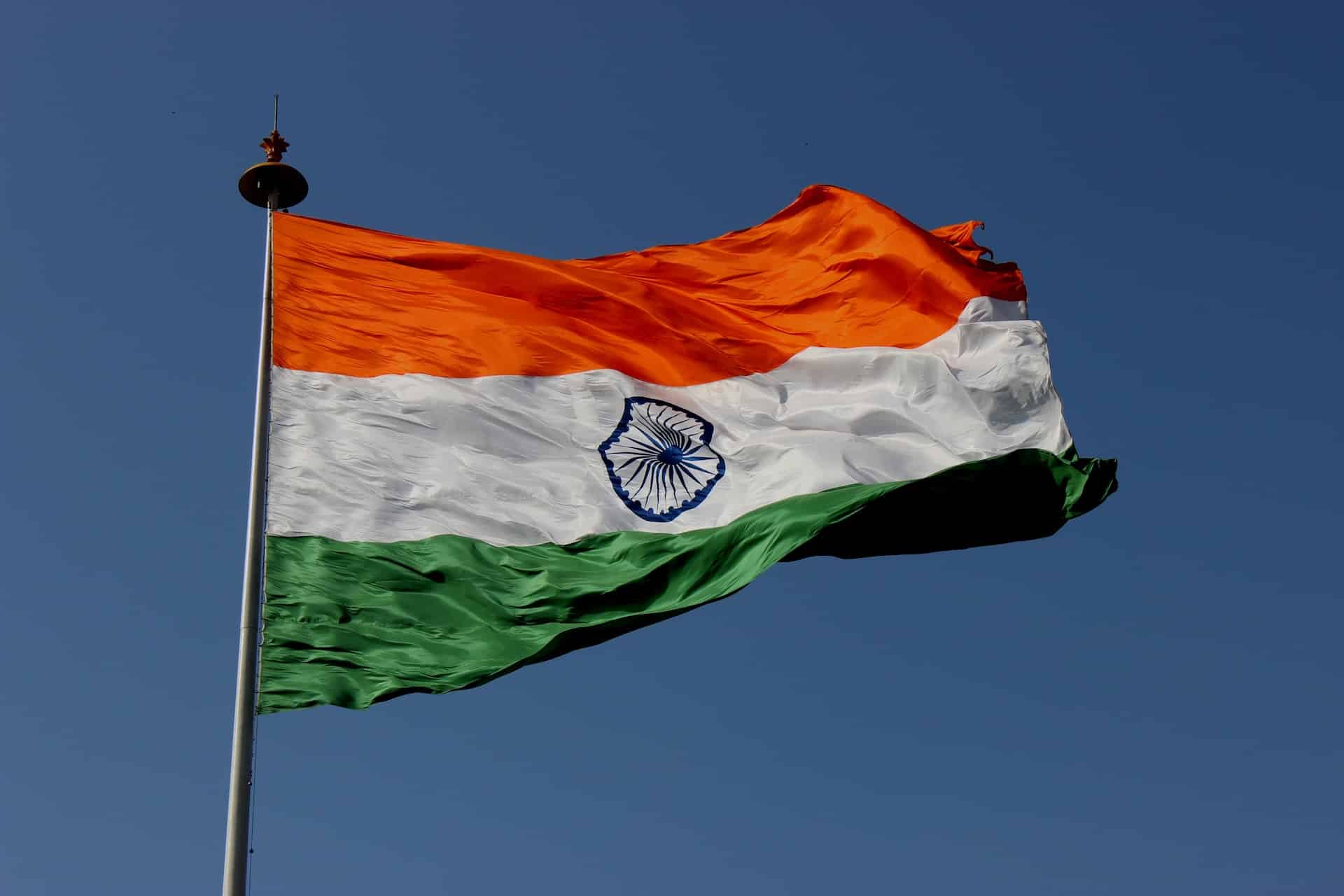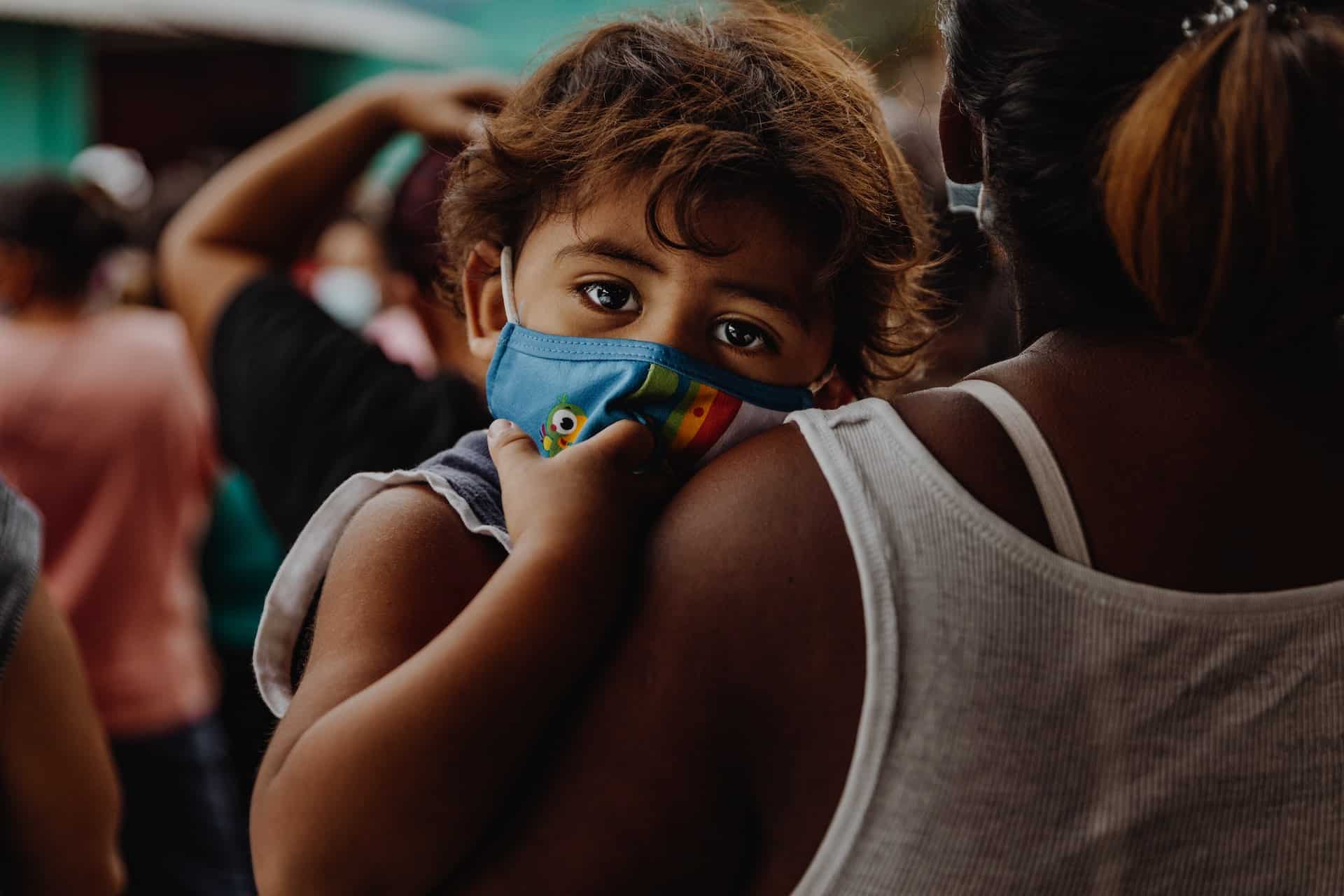Sri Lanka Economic Crisis Explained
The current Sri Lankan economic crisis is not caused by a single issue, but rather by a variety of variables. The specifics of those elements will be underlined here along with some related topics like the causes of the crisis and whether the future holds any optimistic streak. Let us learn more about this crisis and began this Sri Lanka economic crisis essay.
Overview of Sri Lanka Economic Crisis
The current crisis in Sri Lanka is the worst to hit the nation in many years. Daily power outages and shortages of necessities like gasoline, food, and medications have been a struggle for the public. The rate of inflation has surpassed 50%. According to officials, there isn’t enough gasoline in the nation to provide key services like buses, trains, and medical vehicles, and there isn’t enough foreign cash to import more, either. Petrol and gasoline prices have increased significantly as a result of the fuel shortage. For two weeks in late June, the government outlawed the selling of gasoline and diesel for non-essential cars. Fuel sales are still severely constrained. People have been urged to work from home to save resources, and schools have been closed. Read the Sri Lanka economic crisis essay to know further. Sri Lanka is unable to import the products it needs. Additionally, it missed its first-ever interest payment on its international loan in May. Failure to make debt interest payments can harm a nation’s standing with investors, making it more difficult for it to borrow the funds it requires on global markets. The summer of 2022 on the island nation saw thousands of protestors rush to the city, of Colombo, and seize the presidential palace instead of the typical masses of enthusiastic holidaymakers. President Gotabaya Rajapaksa was forced to escape and later resign by the demonstrators who were fed up with the state of Sri Lanka’s economy at the time. His exit on July 14 put an end to the family’s nearly 20-year political supremacy. Days later, despite being unpopular with the general people, Sri Lankan MPs chose six-time prime minister Ranil Wickremesinghe to be the country’s next leader.
Reasons behind Economic Crisis
There have been riots all around Sri Lanka. People are upset with the government. Additionally, Sri Lanka’s FDI decreased. FDI was $548 million in 2020, down from $793 million and $1.6 billion in 2019 and 2018, respectively, according to official statistics. So many from the outside perspective are wondering, what are the main causes that pushed the country to such upheaval. Here are the 5 main reasons behind having this Sri Lanka economic crisis explained. Let’s go through them before knowing the Sri Lanka economic crisis essay.
China And Its Relation With Sri Lanka
The country has been significantly affected by China’s presence. China’s approach to the country has resulted in a rapid rise in political and economic instability in nations where it has increased its involvement.
Misled And Mismanaged Governance
The Sri Lankan government for a long period borrowed substantial quantities of funds in the form of loans from overseas to fund public services, placing the nation in debt. Government spending exceeded revenue, which was ignored, resulting in a budget imbalance.
Banning Fertilizer Imports
The government has outright prohibited all fertilizer imports starting in 2021 to convert Sri Lanka to 100% organic farming. This had a significant impact on the nation’s food output. The president declared a socioeconomic emergency after this due to rising food costs, currency devaluation, and managing the country’s fast-diminishing foreign exchange reserves.
Affected Tourism In The Country
Another significant aspect of Sri Lanka’s state of affairs is tourism. Tourists have been reluctant to travel to Colombo after the Easter bombings at several churches there in April 2019 left 253 people dead. Its foreign exchange reserves were impacted by this. The tourist sector, which contributes 10% of the nation’s GDP, was decimated in such an event. Also due to COVID-19, tourism came to a halt in the country.
Scarcity Of Foreign Reserves
Due to poor economic management, Sri Lanka only has $2.31 billion in foreign reserves remaining after paying out almost $4 billion in debt. Due to a shortage of foreign exchange reserves, Sri Lanka is highly dependent on imports of basic goods like sugar, pulses, and grains, which further exacerbates the country’s economic slump. Also Read: 10 Best Stocks to Buy for Long Term in India
Sri Lanka Economic Crisis & China
Despite having the serious consequences of the Sri Lanka economic crisis explained, China’s silence concerning the economic crisis in Sri Lanka is due to the constraints of its widespread lending strategies in South Asia. In the early week of august 2022, a Chinese missile-tracking vessel was berthed in Sri Lanka’s Hambantota port. India and USA both showed strong objections to this project; however, china turned deaf ears to them. This particular action is seen as an example of ‘debt trap diplomacy’. This is a strategy of increasing geopolitical power when a nation lends money to weaker nations that might not be able to pay back their obligations. Some even attribute the island nation’s economic collapse to China. China, the island nation’s biggest bilateral creditor, and trading partner have only given Sri Lanka humanitarian aid of US$74 million since it entered a full-fledged economic crisis. On Sri Lanka’s request for debt restructuring and further financial assistance totaling $4 billion, China hasn’t made a decision yet as well. Gotabaya Rajapaksa, a former president of Sri Lanka, explained this apathy by claiming that China is prioritizing its interests in Africa and Southeast Asia over South Asia. However, given that China still holds significant stakes and investments in the area, this narrative is quite unconvincing. Beijing finds it challenging to leave South Asia as the Indian and Pacific Oceans become the center of power struggles in the post-Cold War era. China seems to be cautiously reevaluating its South Asian strategy to serve its interests. Elite capture and broad lending are two interconnected approaches that help form China’s South Asian policy. Thus, the Sri Lankan crisis has simply acted as China’s ultimate wake-up call to reassess its South Asian strategy.
Reasons behind the Conflict between China and Sri Lanka
As mentioned above, there are two main reasons behind china’s probable reluctance to help Sri Lanka and the relationship between Sri Lanka economic crisis & China:
Excessive Lending
At the end of 2021, Sri Lanka’s overall debt was $35.8 billion. China’s lending made up $7.1 billion, or 20%, of that total. These investments were frequently accompanied by loans with high-interest rates and financial aid. In 2020 and 2021, it gave $600 million and $2 billion in economic aid, respectively. However, China’s response cooled off as Sri Lanka’s economic problems worsened in the latter half of 2021 and 2022. China has continued to delay judgments about demands from the Sri Lankan government to relax terms on currency swaps, offer new loans and credit lines worth US$2.5 billion, and restructure debts. The Rajapaksas’ ability to accommodate Chinese interests and sensibilities had a significant impact on the aggressive reaction in 2020 and the early years of 2021 as well as the inability to account for the passive response later on. China’s indifference grew as the disputes with the Rajapaksas became more evident when the Sri Lanka economic crisis was explained in detail.
Elite Capturing
The Rajapaksa government, which was elected in 2005, used brutal force to put an end to the civil war and put up ambitious plans for the country. China took advantage of this and started building relations with the Rajapaksas personally by selling them weapons, giving them much-needed investments, assistance, and infrastructure projects, and shielding them from charges of human rights abuses. This pragmatism provided China with considerable sway in the Sri Lankan political environment. This helped China’s efforts to, directly and indirectly, bribe, influence, and exploit Sri Lanka’s political, media, and bureaucratic elites. Additionally, Chinese businesses contributed to the campaigns of their preferred candidates. The Sri Lankan elite received financial benefits from this mechanism, and it also aided China in advancing several worthless projects. However, the Rajapaksas were forced to exert some autonomy and balance as the economic situation in Sri Lanka worsened, much to China’s displeasure. The disagreements between Sri Lanka and China were made worse by the cancellation of Chinese energy projects in the Jaffna peninsula. China was further displeased by Sri Lanka’s debt default and requested help from the International Monetary Fund (IMF). Even if we have Sri Lanka economic crisis explained, we should know the relation between Sri Lanka Economic Crisis & India, after knowing the relation between Sri Lanka Economic Crisis & China.
Sri Lanka Economic Crisis & India
As per many political and economic experts, New Delhi must intervene to assist Colombo in putting a stop to this unrest as the situation in Sri Lanka grows and threatens to have repercussions in India as well. India has to take all necessary steps to ensure a peaceful transfer of power in Colombo and a prompt resolution to the core issue causing the situation in Sri Lanka. Sri Lanka’s current predicament might seriously impede the Colombo Port’s ability to operate normally if it continues. India would suffer as a result of this. More than 30% of India’s container traffic and 60% of its trans-shipment is handled by the port. In Sri Lanka, India has made significant investments in industries including manufacturing, refining petroleum, and real estate. If the situation worsened, they may all suffer. Additionally, the ongoing turmoil in Sri Lanka may force a large number of Sri Lankans to flee to India to survive. More crucially, the major danger to India is the growing power of China in the country. Chinese investments have not succeeded in producing enough income or jobs. Due to this, the Sri Lankan government was forced to declare bankruptcy and hand over to China its strategically positioned townships and ports, including Hambantota. In exchange, Beijing gained more than 100 hectares as part of the Port City of Colombo project. If Sri Lanka’s economic situation worsens, it may also lose possession of its territory in other port cities. New Delhi can take action to help the island country become more integrated into the global economy. It might boost bilateral commerce with Colombo and make sure the problems are resolved quickly in light of Sri Lanka economic crisis & India. Now you have Sri Lanka economic crisis explained.
How can Sri Lanka recover?
There is relation between Sri Lanka economic crisis & China, and Sri Lanka Economic Crisis & India. So, how to overcome them? To pay its debts and recover from this crisis stronger, Sri Lanka needs extensive economic changes for long-term sustainable prosperity. To maintain macroeconomic stability and public trust in the local currency, a steady monetary policy is essential. Fiscal consolidation can only be seriously considered by the Treasury if an independent central bank has the power to forbid money from being printed. Therefore, an independent Central Bank is crucial when you have Sri Lanka economic crisis explained to the experts. It could become possible for Central Bank to make long-term policies on interest rates and cash reserves without influence from politics. For revenue-based fiscal consolidation, tax reforms are crucial. The government should establish a method to effectively collect taxes and expand the tax base rather than just raising taxes. Additionally, reform is required to control government spending. State funds are severely drained by state-owned enterprises (SOEs). As a result, the budget deficit has widened. Reforms must be implemented by reforming these governmental agencies that are operating at a loss and passing legislation demanding financial records and independent audits. The manufacturing industry in Sri Lanka must follow the current global trend and join global supply chains. Finding unique value additions it can implement in the supply chains of MNC firms has been a tactic of several developing countries, and it is a useful technique for Sri Lanka to improve its exports. Additionally, reforms are required to lessen Sri Lanka’s long-standing current account deficits as per this Sri Lanka economic crisis essay. The objective should be to move the nation into an export-driven economy. FTAs are also required to attract FDIs with an export focus.
IMF Lending To Sri Lanka
In the first week of September, the International Monetary Fund (IMF) authorized a $2.9 billion loan to Sri Lanka. The executive board and management of the IMF mentioned that the agreement between Sri Lanka and the IMF is preliminary. Additionally, it will only be implemented if Sri Lankan authorities take the previously agreed-upon steps. The money will be distributed over four years to aid with economic growth and stabilization. The plan will increase tax income to promote fiscal consolidation, increase social expenditure, implement new fuel and power pricing, support central bank independence, and replenish depleted foreign reserves. The proposal will put into place significant tax reforms starting from one of the lowest levels of revenue. These changes include expanding the tax bases for corporate taxes and VAT as well as making personal taxation more progressive. This entire direction of IMF-based reform will help build trust among the investors regarding the Sri Lanka situation. Also Read: How to become Space Scientist in ISRO?
What Does The Future Look Like For Sri Lanka?
As experts who have Sri Lanka economic crisis explained, the future may not be that bleak if the right decisions are taken at the right time by the acting president of Sri Lanka. Before the next session of Parliament, when MPs had vowed to establish an All Party Government (APG), Sri Lanka’s acting president Ranil Wickremesinghe issued a new State of Emergency in July. The following job that the government started working on was to negotiate a $51 billion debt restructure and IMF bailout while controlling hyperinflation, alleviating severe fuel shortages, and resuming education for kids. Ganeshan Wignaraja, a senior research associate at ODI Global in London, is a well-known economist and he has shared a positive outlook on the future. He has outlined the difficulties in conducting an investigation and starting an asset recovery operation aimed at the Rajapaksa family’s riches while remaining upbeat about Sri Lanka’s future. So there you have it, the Sri Lanka economic crisis explained in full detail. We hope you liked this Sri Lanka economic crisis essay and understood the severity of this situation. This issue, which has been building for a while, will take Sri Lanka a long time to resolve. This situation is the result of years of budgetary deficits, current account deficits, an overburdened public sector, declining tax collection, and subsidized pricing. The nation is currently considering an IMF rescue, but first, it must restructure its debt. Restructuring debt can be difficult, particularly in China, which favors refinancing loans over debt restructuring methods.
